43 plant and animal cells
Animal vs Plant Cells: Similarities & Differences (with Chart) Unlike animal cells, plant cells have cell walls and organelles called chloroplasts. Plant cells also have a large central vacuole, while animal cells either have small vacuoles or none. These differences result in functional differences, such as plants' ability to get energy from the sun instead of from organic matter. Cell Organelles (Animal and Plant) - Biology Dictionary Plant cells contain all of the same organelles as animal cells, including mitochondria, a nucleus, ribosomes, smooth and rough ER, Golgi apparatus, lysosomes, peroxisomes, cytoplasm, and a cell membrane. However, they also contain some subcellular structures that are absent in animal cells, such as chloroplasts, a vacuole, and a cell wall.
How Plant And Animal Cells Differ - Differences Between Plant And ... Plant and animal cells have different cell structures and shapes. Plant cells have a fixed rectangular or cube shape because of the cell wall and large central vacuole. Usually, most plant cells also have a similar size. While animal cells have round or irregular shapes and usually have different sizes. Besides shape, there are also some ...
:max_bytes(150000):strip_icc()/animal-cells-vs-plant-cells-373375_final-5b462d7fc9e77c00375014f1.png)
Plant and animal cells
Cell parts and functions (article) | Khan Academy Plant cells do indeed have chloroplasts while animal cells do not, but both types of cells have mitochondria. Animal cells have structures called lysosomes (which are basically organelles containing an extremely acidic fluid to break down objects) and centrosomes (used in cell reproduction). Plant cells have neither of these. Plant cells have ... Label Animal And Plant Cells Teaching Resources | TPT This worksheet includes diagrams of both a plant and animal cell for students to label. A key is included. Structures: cell wall cell membrane chloroplast mitochondria nucleus nucleolus lysosome vacuoles ER Golgi body Ribosomes Subjects: Anatomy, Biology, General Science Grades: 6 th - 12 th Types: Worksheets, Handouts, Homework $2.00 5.0 (4) Plant Cell vs Animal Cell - Difference and Comparison | Diffen Animal cells are mostly round and irregular in shape while plant cells have fixed, rectangular shapes. Plant and animal cells are both eukaryotic cells, so they have several features in common, such as the presence of a cell membrane, and cell organelles, like the nucleus, mitochondria and endoplasmic reticulum. Comparison chart Differences —
Plant and animal cells. PDF Plant and Animal Cells - National Oceanic and Atmospheric Administration The second對 major difference between plant and animal cells is the cell wall. While both plant and animal cells have a cell membrane, onl\൹ plants have a cell wall. This is what provides plant cells with a protective covering and gives the plant the rigidity it nee對ds to remain erect. Also notice that the plant cell has a large vacuole ... Archaea vs. Bacteria: Key Differences and Examples to Help You Remember ... Organisms are all over the world and they help to form the life as we know it. There are three major domains of life on Earth and these are archaea, bacteria, and eukarya.While eukarya contains things such as plants, animals, and fungi, bacteria and archaea contain a vast number of tiny microbial species.Bacteria are found all over the world and are widely known for causing infections and ... Plant cell | Definition, Characteristics, & Facts | Britannica Plant cells, like animal cells, are eukaryotic, meaning they have a membrane-bound nucleus and organelles. The following is a brief survey of some of the major characteristics of plant cells. For a more in-depth discussion of cells, see cell. Unlike animal cells, plant cells have a cell wall surrounding the cell membrane. Plant and Animal Cell: Difference Between Plant & Animal Cell The main difference between animal and plant cells is that plant cells have a cell wall, chloroplasts, and large central vacuoles, while animal cells do not have a cell wall and have smaller vacuoles. What is the function of the cell wall in plant cells? What is the function of chloroplasts in plant cells?
Differences Between Plant and Animal Cells - ThoughtCo Animal cells are generally smaller than plant cells. Animal cells range from 10 to 30 micrometers in length, while plant cells range from 10 and 100 micrometers in length. Shape Animal cells come in various sizes and tend to have round or irregular shapes. Plant cells are more similar in size and are typically rectangular or cube shaped. Difference Between Plant And Animal Cell Are Explained In Detail... A plant cell has a square or rectangular shape while the animal cells have an irregular or round shape. Why are plant cells generally larger in size compared to the animal cells? Plant cells comprise a large central vacuole that occupies a majority of the volume and makes the cell larger. This vacuole is usually absent in the animal cell. What are plant and animal cells? - BBC Bitesize Animal and plant cells differ and they have similarities. Nucleus, cell membrane, cytoplasm and mitochondria are four cell components that are found in both animal and plant cells. What are... Plant and animal cells - Cell structure - AQA - BBC Bitesize There are many different types of cells in plants. Each type is specialised to do a particular role and ensures that the organism functions as a whole. The root hair cell has a large surface...
Overview of animal and plant cells (video) | Khan Academy First of all, both plants and animal cells have a cell membrane. A cell wall is more of a structural layer outside the cell membrane, mainly composed of cellulose but has other things, causing rigidity. Animals are fleshy and malleable because they lack the rigidity caused by a cell wall. Plant vs. Animal Cells | Biology Dictionary Apr 5, 2021 · Plant and animal cells are both types of eukaryotic cells, meaning they both contain a true nucleus as well as other membrane-bound organelles. Both Respire All cells need energy to grow and function, and animal and plant cells both obtain this energy from cellular respiration. Investigating Plant and Animal Cells - CPALMS Compare and contrast plant and animal cells in this interactive tutorial. You'll learn about the structure and function of major organelles of cells, including the cell wall, cell membrane, nucleus, cytoplasm, chloroplasts, mitochondria, and vacuoles. PLANT VS ANIMAL CELLS - YouTube 1.1M views 3 years ago Plants and animal cells share many similarities since they are both eukaryotes, which means that they have a membrane-bound...
4.10: Eukaryotic Cells - Comparing Plant and Animal Cells While both animal and plant cells have microtubule organizing centers (MTOCs), animal cells also have centrioles associated with the MTOC: a complex called the centrosome. Animal cells each have a centrosome and lysosomes, whereas plant cells do not.
Plant and Animal Cell: Definition, Structure, Differences -... Plant Cell: Plant cells are eukaryotic cells with a true nucleus along with specialized structures called organelles that carry out certain specific functions. Animal Cell: An animal cell is a type of eukaryotic cell that lacks a cell wall and has a true, membrane-bound nucleus along with other cellular organelles. Diagram of Plant and Animal Cell
Plant vs animal cells review (article) | Khan Academy Both plant and animal cells have vacuoles. A plant cell contains a large, singular vacuole that is used for storage and maintaining the shape of the cell. In contrast, animal cells have many, smaller vacuoles. Plant cells have a cell wall, as well as a cell membrane. In plants, the cell wall surrounds the cell membrane.
What are the Differences Between Plant Cells and Animal Cells? Animal cells look very different to plant cells. They are typically smaller than plant cells, with a roundish shape which is fairly irregular. Plant cells have a rectangular shape and are larger. The Cell Wall Animal cells do not contain cell walls as one of the organelles, but they do have a plasma membrane which is the same as in plants.
Plant vs animal cells (practice) | Cells | Khan Academy Plant vs animal cells Google Classroom A scientist is trying to identify an unknown cell. He determines that it has a nucleus and lysosomes. It also contains a cell membrane, but does not have a cell wall. What type of cell is the scientist most likely looking at? Choose 1 answer: Plant cell A Plant cell Bacteria B Bacteria Animal cell C
Plant Cell vs Animal Cell - Difference and Comparison | Diffen Animal cells are mostly round and irregular in shape while plant cells have fixed, rectangular shapes. Plant and animal cells are both eukaryotic cells, so they have several features in common, such as the presence of a cell membrane, and cell organelles, like the nucleus, mitochondria and endoplasmic reticulum. Comparison chart Differences —
Label Animal And Plant Cells Teaching Resources | TPT This worksheet includes diagrams of both a plant and animal cell for students to label. A key is included. Structures: cell wall cell membrane chloroplast mitochondria nucleus nucleolus lysosome vacuoles ER Golgi body Ribosomes Subjects: Anatomy, Biology, General Science Grades: 6 th - 12 th Types: Worksheets, Handouts, Homework $2.00 5.0 (4)
Cell parts and functions (article) | Khan Academy Plant cells do indeed have chloroplasts while animal cells do not, but both types of cells have mitochondria. Animal cells have structures called lysosomes (which are basically organelles containing an extremely acidic fluid to break down objects) and centrosomes (used in cell reproduction). Plant cells have neither of these. Plant cells have ...


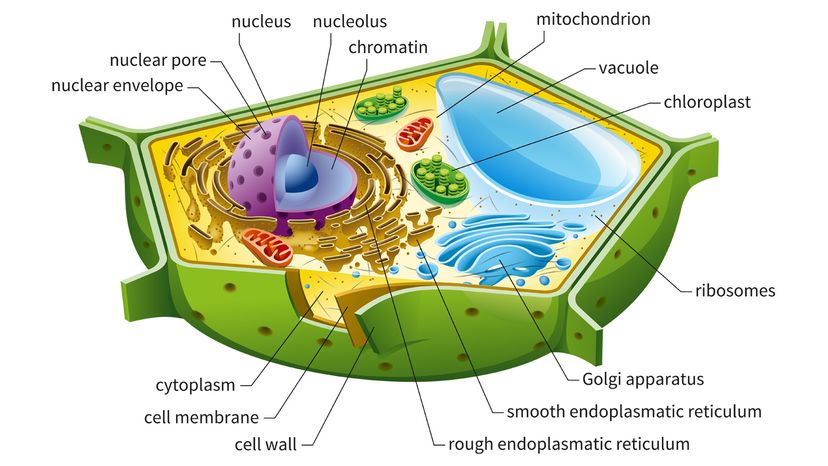
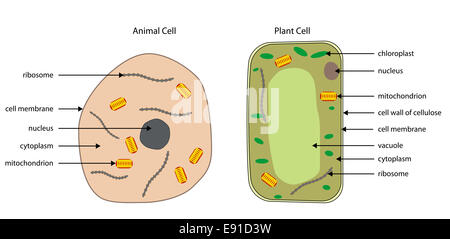


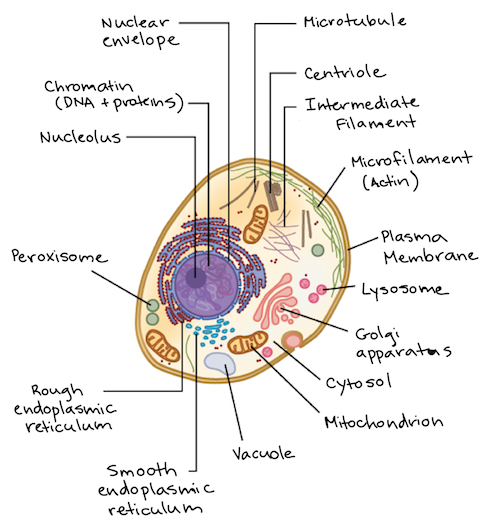
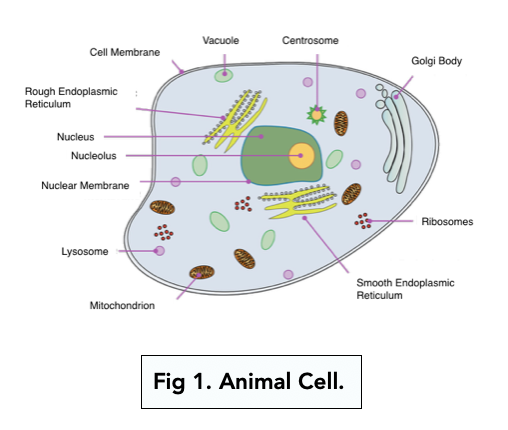
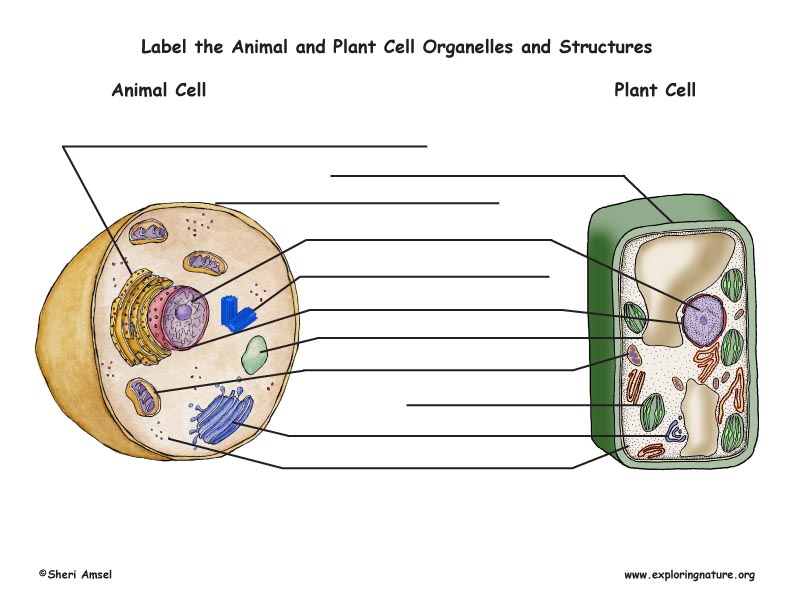
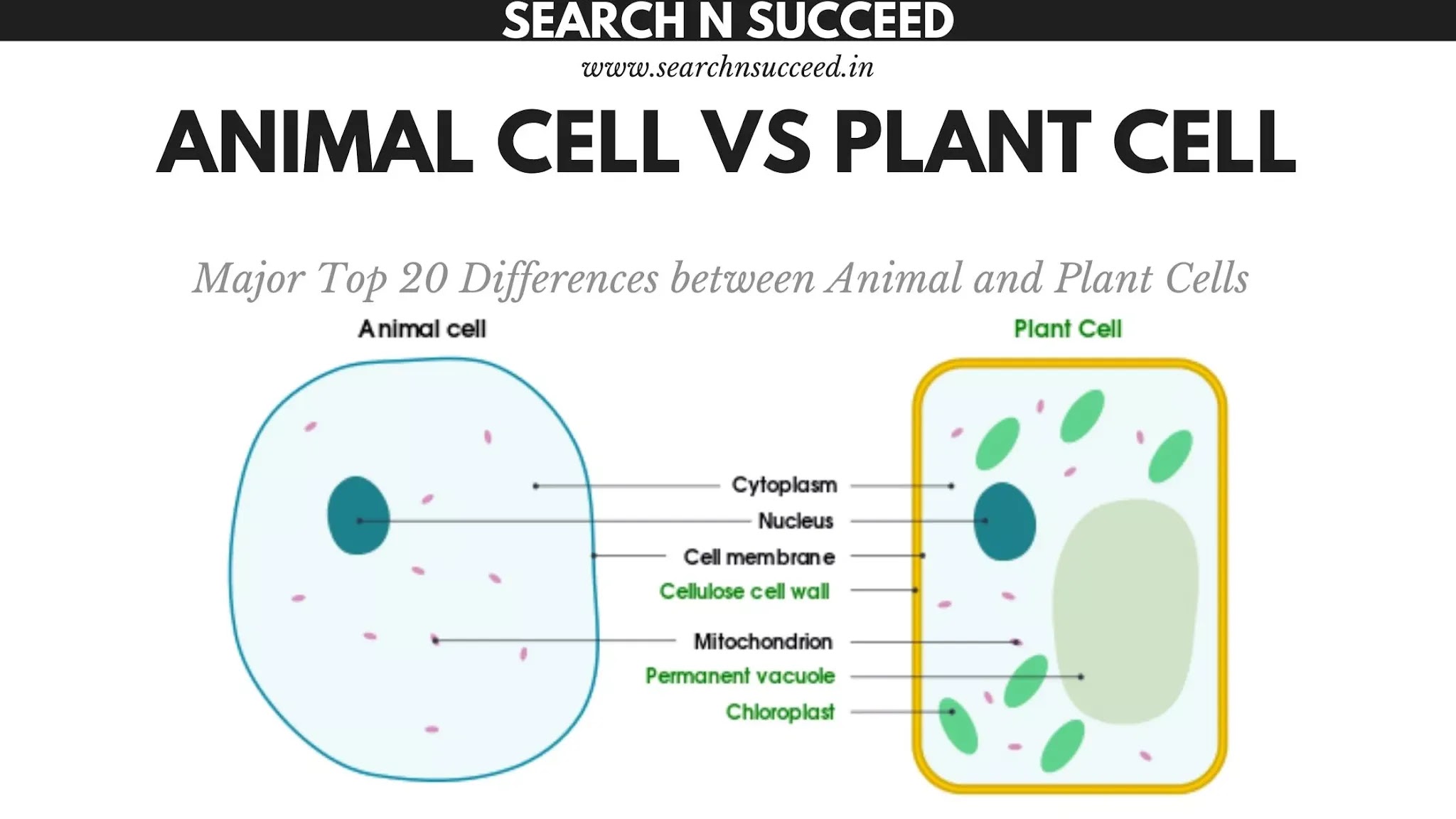




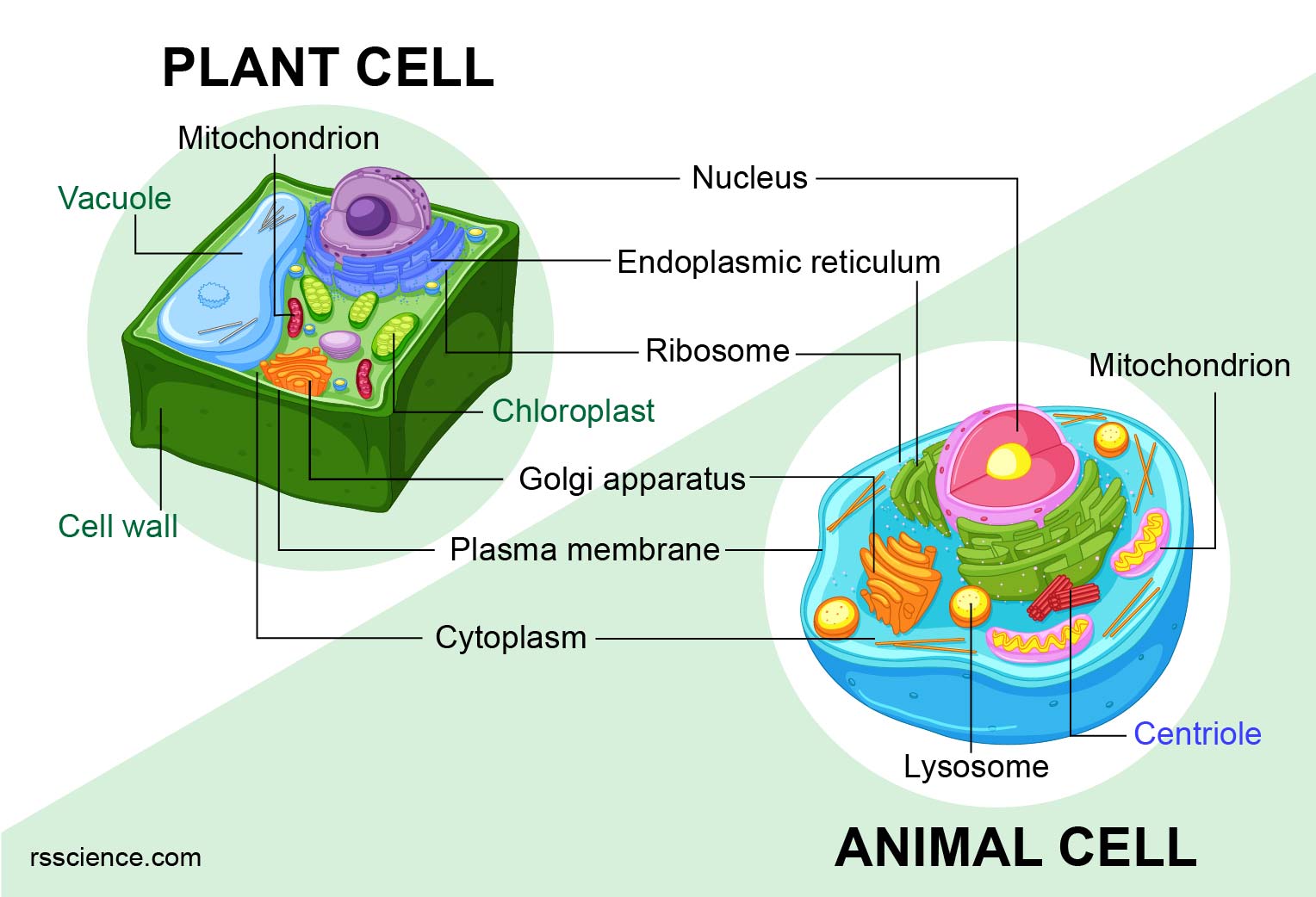
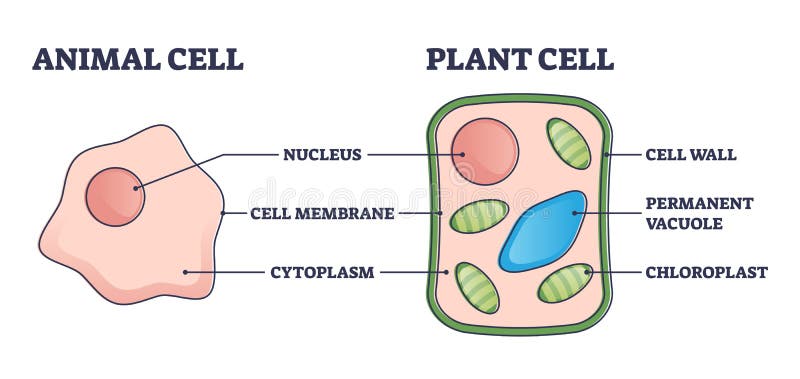
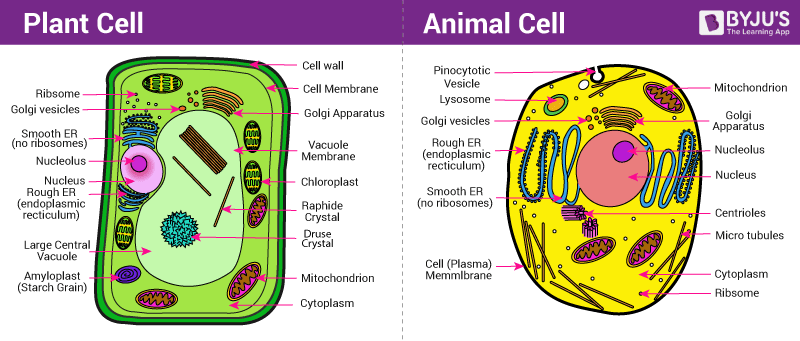
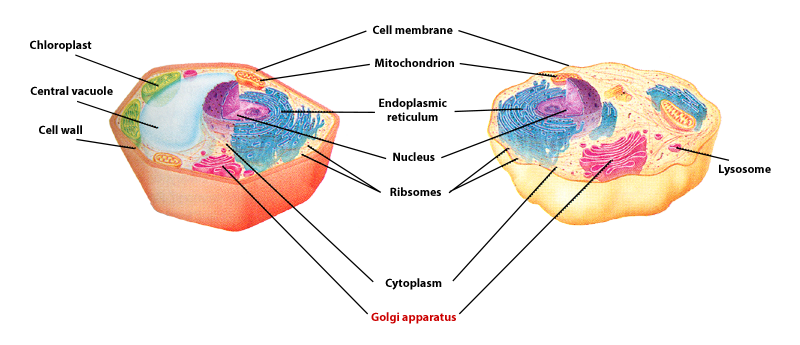




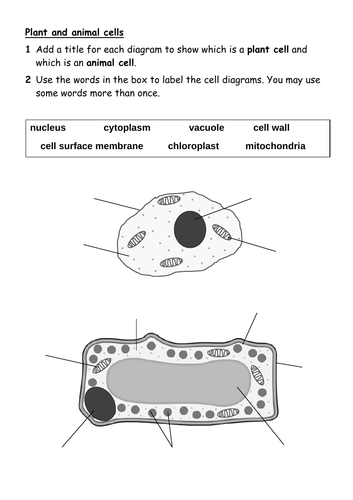

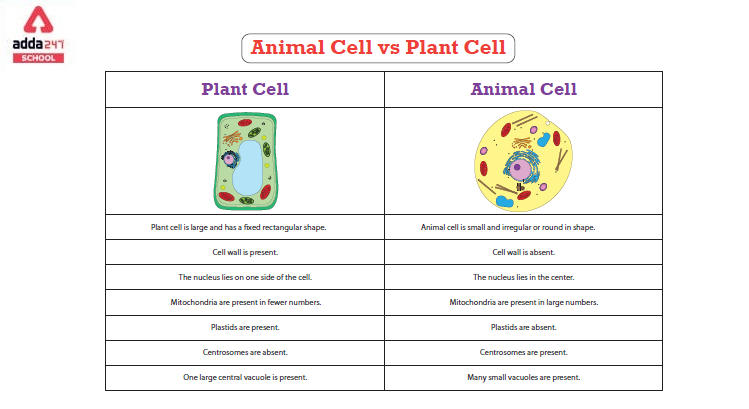




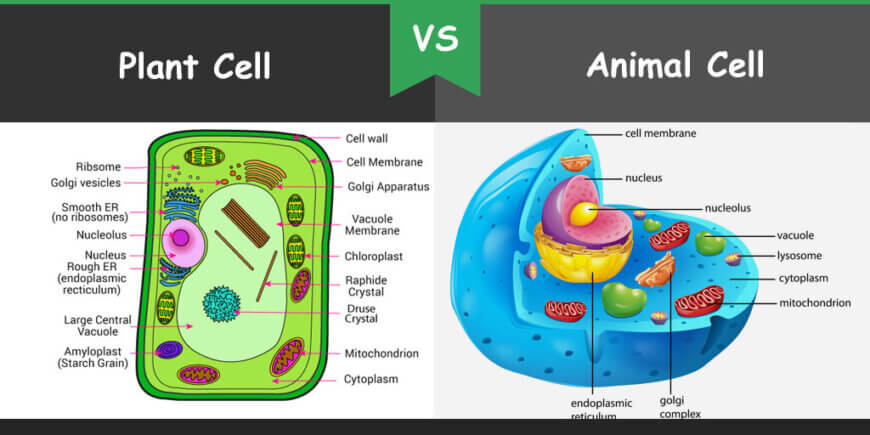

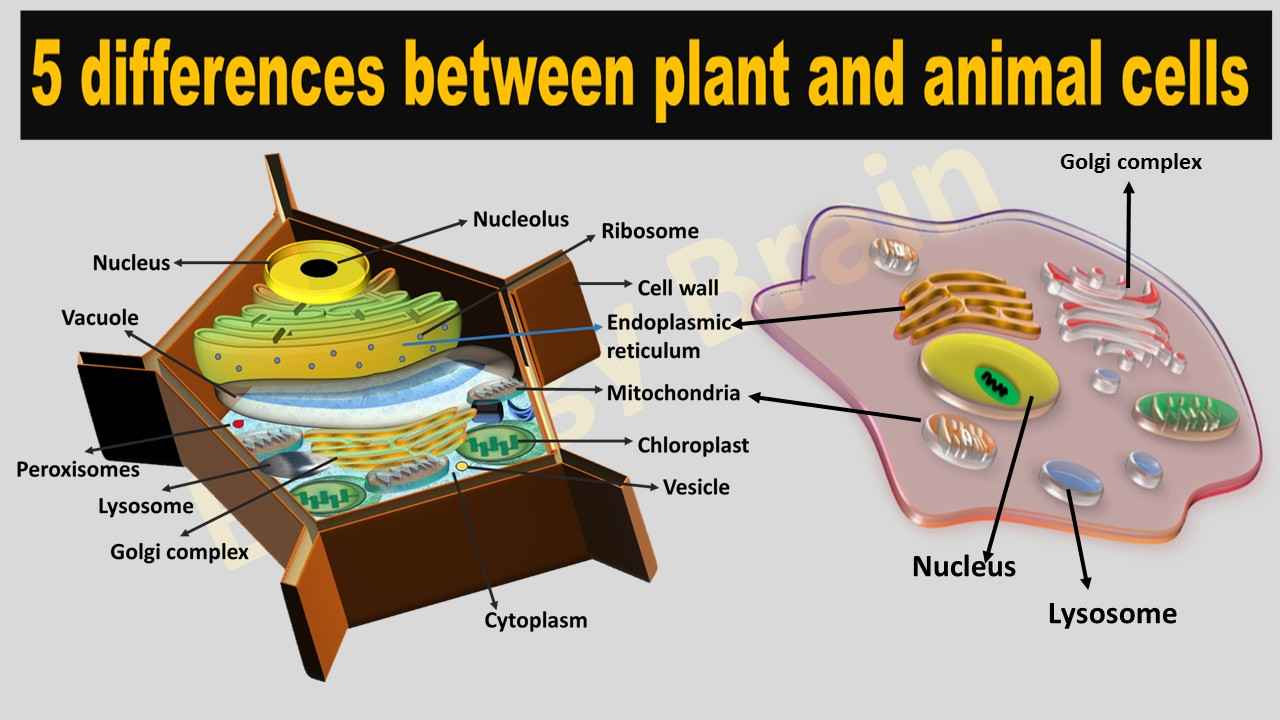

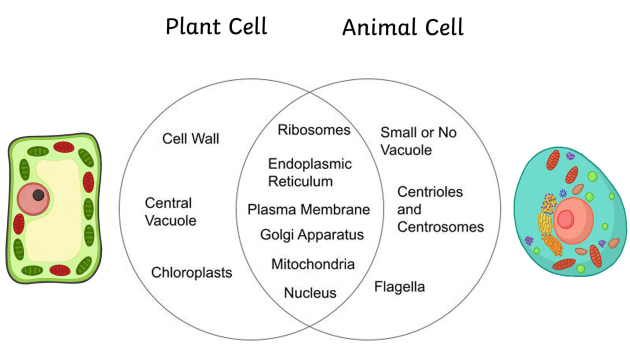

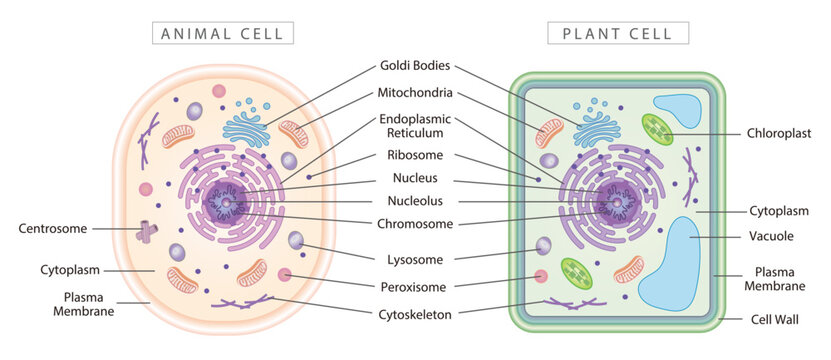

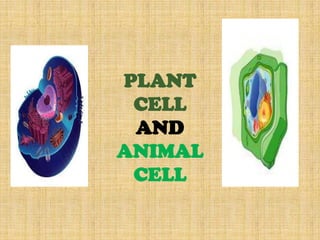
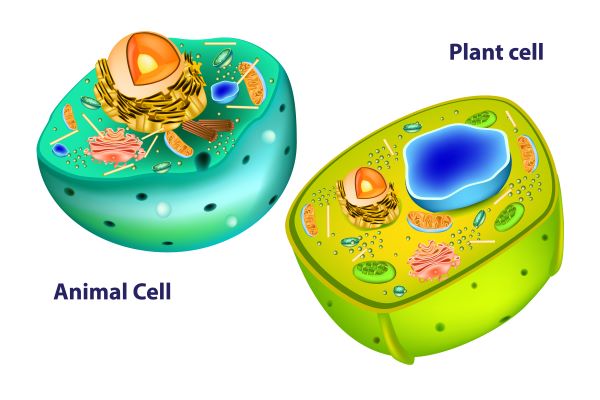

Post a Comment for "43 plant and animal cells"